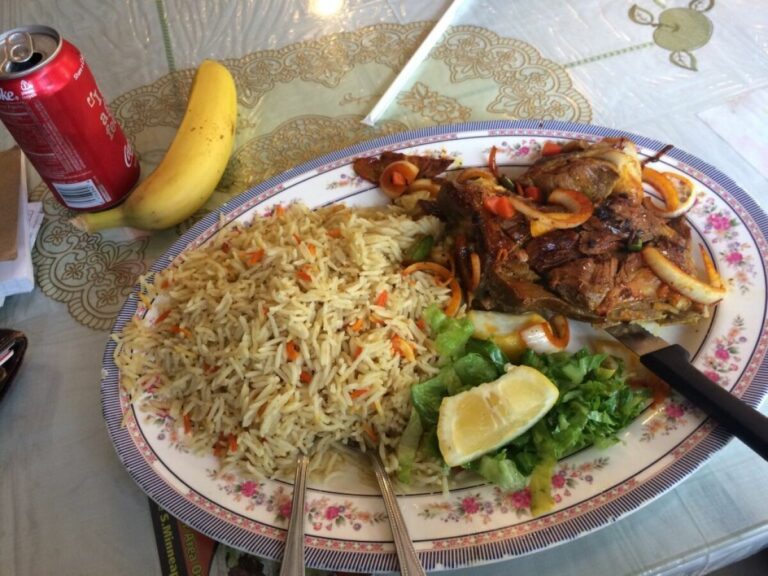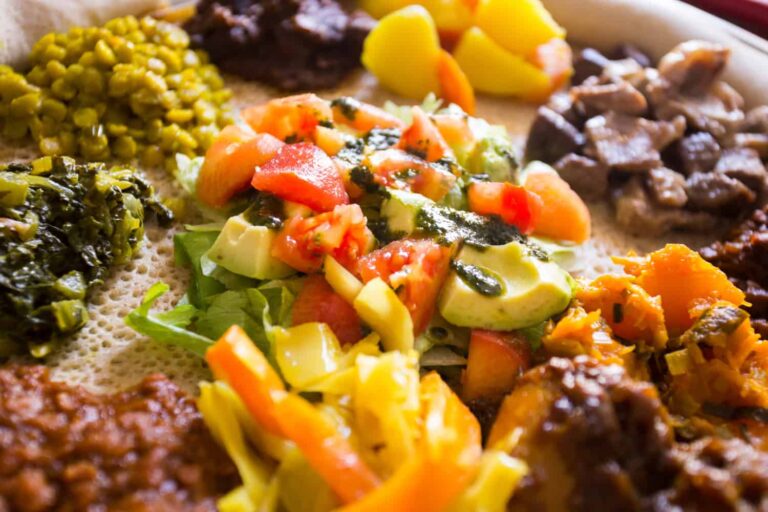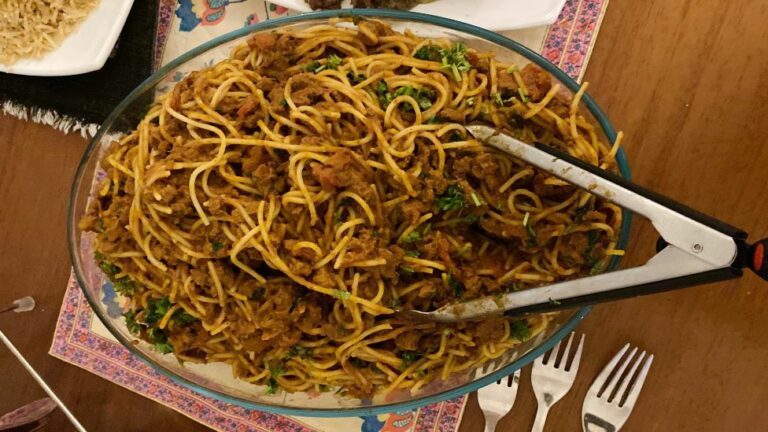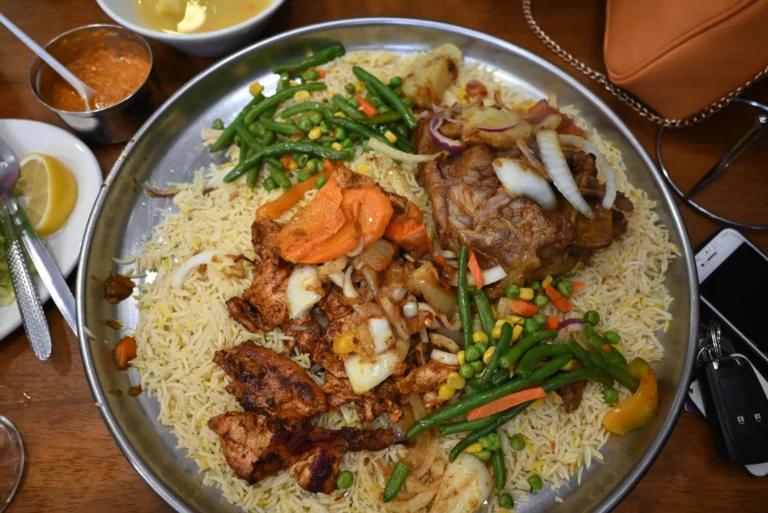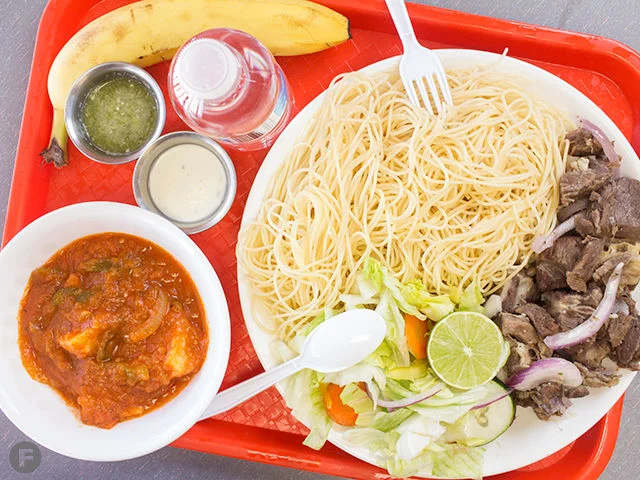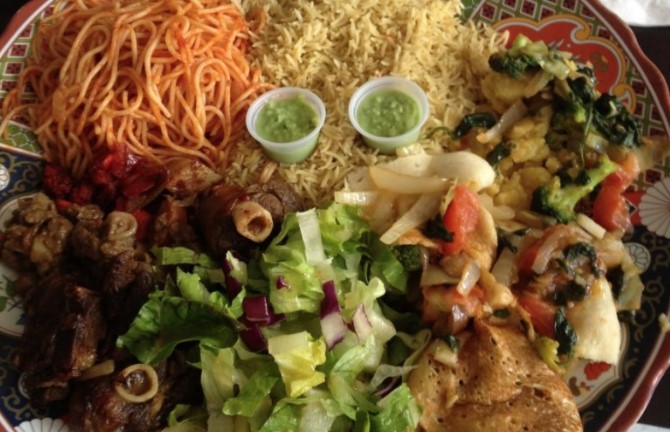Introduction: Somali Cuisine
Somali cuisine is a fusion of influences from various regions, including the Middle East, North Africa, and the Horn of Africa. The dishes are predominantly meat-based, with goat and beef being the most common meats used. Rice, pasta, and flatbreads are also popular staples in Somali cuisine. Condiments and sauces play a crucial role in Somali dishes, adding a burst of flavor, aroma, and texture.
Xawaash: The All-Purpose Spice Blend
Xawaash is a spice blend that is used in almost all Somali dishes. It is a versatile seasoning that adds depth, fragrance, and warmth to a variety of dishes. The blend usually consists of cumin, coriander, cardamom, cinnamon, cloves, and black pepper. Some variations may include turmeric, nutmeg, or ginger. Xawaash can be used to season meat, vegetables, rice, or even tea. It is often added to maraq or suugo to enhance their flavor.
Maraq: The Flavorful Soup Base
Maraq is a staple in Somali cuisine, often served as a soup or stew. It is made with a combination of meat, vegetables, and spices, simmered for hours to create a rich and flavorful broth. The base of the maraq can vary, with beef, goat, or chicken being the most common meats used. Vegetables such as potatoes, carrots, onions, and tomatoes are also added for flavor and texture. Xawaash is an essential ingredient in maraq, as well as other spices like cilantro, garlic, and bay leaves.
Berbere: The Fiery Chili Paste
Berbere is a fiery chili paste used in Somali cuisine to add heat and flavor to dishes. It is made with a blend of red chili peppers, garlic, ginger, and other spices such as cumin, coriander, and fenugreek. Berbere is often used to season meat, fish, or vegetables, and is a popular ingredient in Somali meat dishes such as suqaar and hilib ari. The paste can also be used to make a spicy dip by combining it with yogurt or sour cream.
Suugo: The Tangy Tomato Sauce
Suugo is a tangy tomato sauce that is used in Somali cuisine to add a burst of flavor to dishes. It is made with a combination of tomatoes, onions, garlic, and spices such as cumin, coriander, and turmeric. Suugo is often used as a dipping sauce for flatbreads, or as a sauce for pasta or rice dishes. It can also be used as a marinade for meat or fish before grilling or roasting.
Qurub: The Aromatic Herbal Dip
Qurub is an aromatic herbal dip that is often served as a side dish or condiment in Somali cuisine. It is made with a combination of fresh herbs such as cilantro, parsley, and mint, mixed with garlic, lemon juice, and olive oil. Qurub is a refreshing and flavorful dip that pairs well with grilled meat, fish, or vegetables. It can also be used as a spread for sandwiches or as a dressing for salads.
In conclusion, Somali cuisine is enriched with a variety of condiments and sauces that add depth, flavor, and texture to its dishes. From the all-purpose xawaash to the fiery berbere, each condiment plays a crucial role in enhancing the taste and aroma of the food. Whether you are a fan of spicy or tangy flavors, Somali condiments and sauces have something to offer for everyone.


